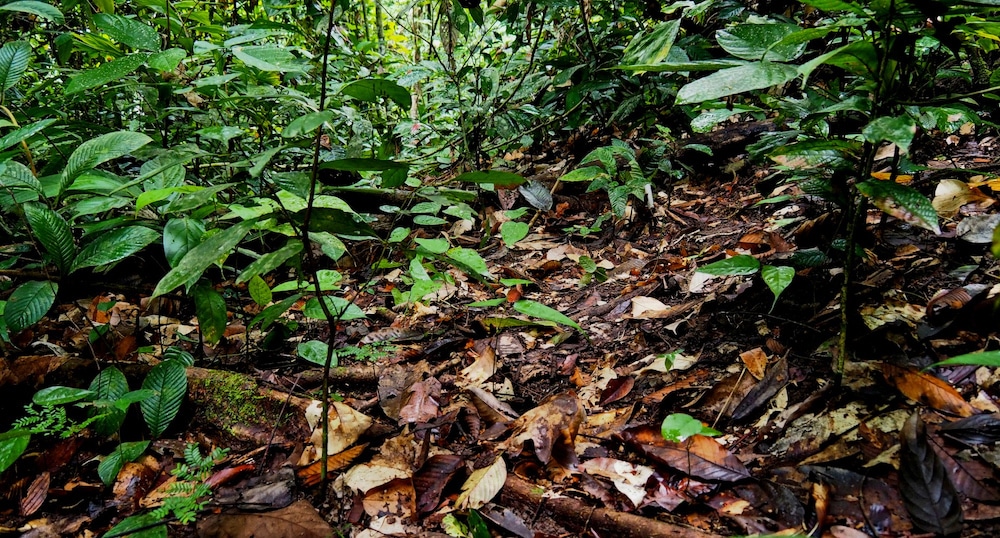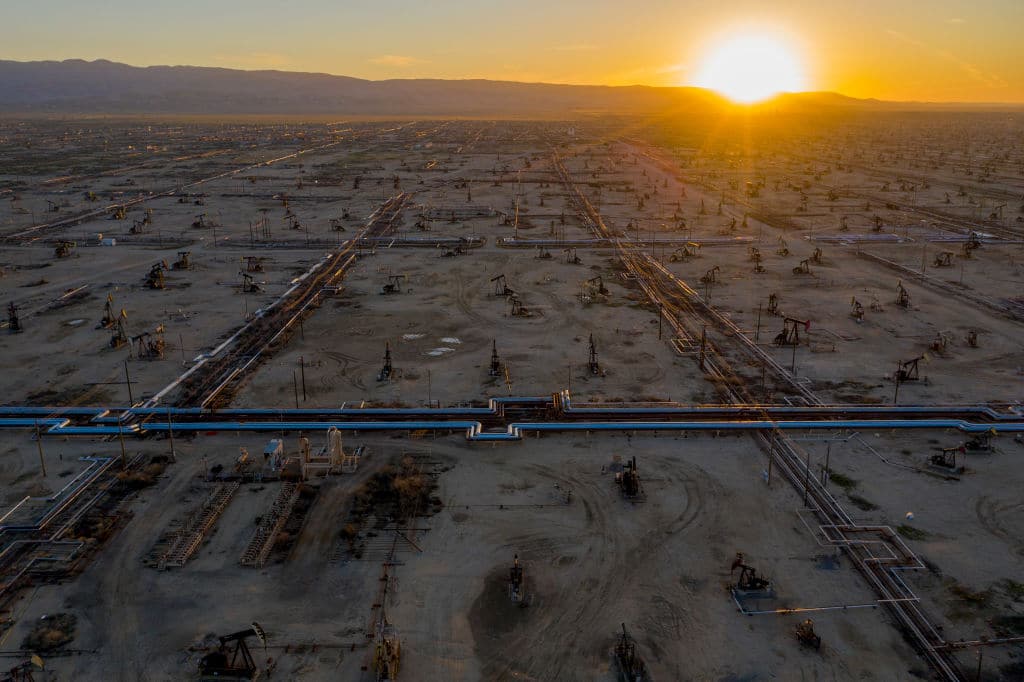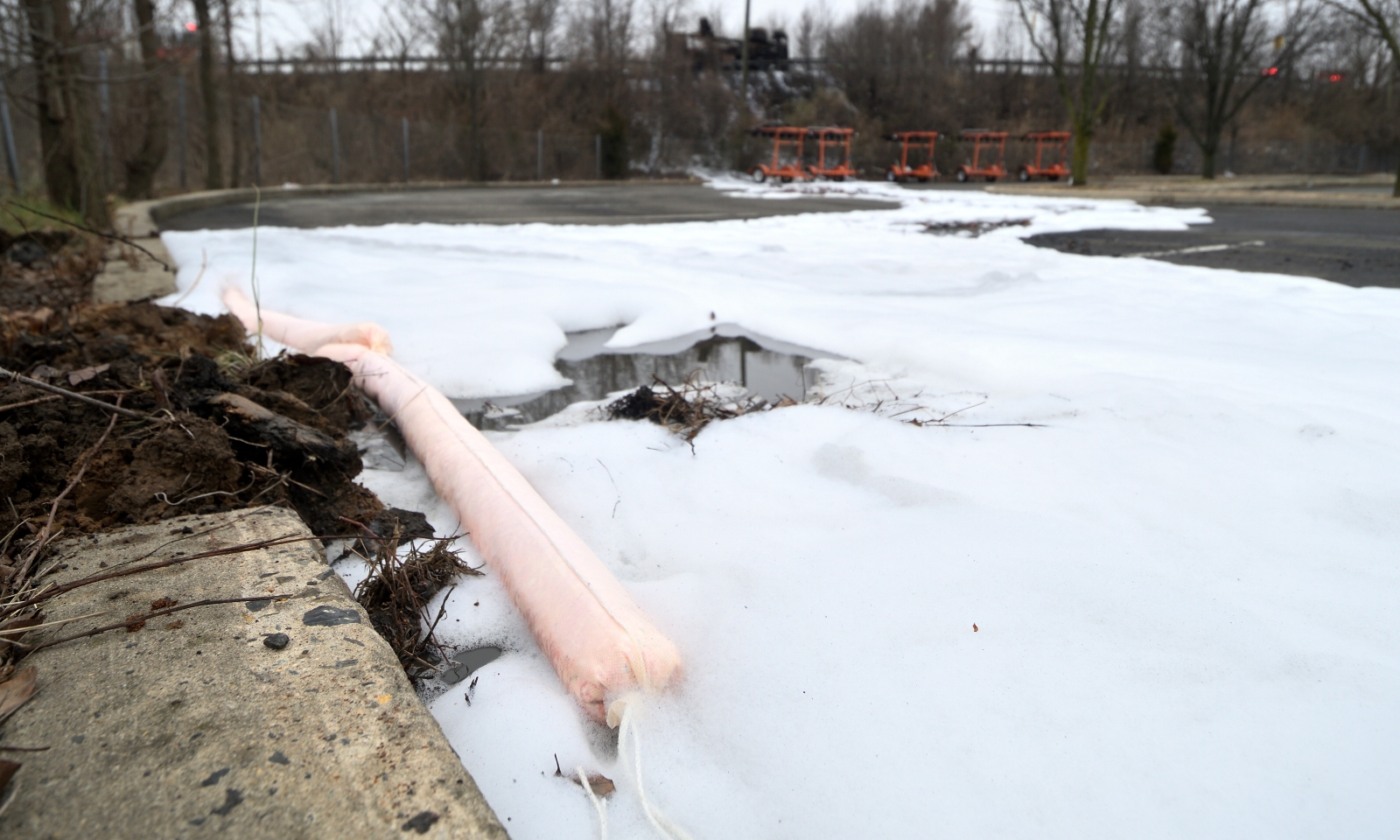When Suwanna Gauntlett started working on conservation in Cambodia in the early 2000s, hundreds of hectares of rainforest were set ablaze every month to clear the land for illegal sales, and dozens of tigers and elephants had been killed.
Gauntlett had founded the Wildlife Alliance in 1994 to fight tiger poaching in the Russian Far East, and a decade later expanded the nonprofit’s work to India, Ecuador, Myanmar, and Thailand. In 2000, Cambodia was their next frontier, home to one of the last giant rainforests in Southeast Asia stretching across the country’s Southern Cardamom region — what Gauntlett described as a “remote and completely lawless province.”
“There were no rangers, no park headquarters, no ranger stations, no law enforcement at all in the area,” Gauntlett said in a 2016 interview with Mongabay. “It was literally the wild, wild west.”
Gauntlett spoke with the news outlet to celebrate the establishment of a new national park, which promised to protect more than a million acres of rainforest. It was a big victory for Gauntlett’s organization, and helped spur an even more expansive project in partnership with the Cambodian government to protect rainforests and sell carbon credits as corporate offsets to fund the work.
The project is part of the United Nations framework called REDD+, which stands for “‘Reducing emissions from deforestation and forest degradation in developing countries.” The idea is that countries can fund environmental protection projects by selling a project’s carbon credits to corporations.
But that project, known as the Southern Cardamom REDD+, has come under fire from the nonprofit Human Rights Watch, an international human rights watchdog.
In a report released February 28, Human Rights Watch investigators describe how the project by the Wildlife Alliance and Cambodia’s Ministry of Environment repeatedly violated the rights of the Indigenous Chong peoples who have called the Cardamom mountains home for centuries.
According to the authors, the Wildlife Alliance and Cambodian government embarked on the project without first consulting with the Indigenous peoples who lived there, violating their right under international law to free, prior, and informed consent to projects on their land. The report also outlines how Indigenous people were prevented from farming on their land and even thrown in jail for collecting resin from trees. “This is my livelihood and tradition, and I am doing nothing wrong,” a man referred to as Chamson in the report told investigators.
Luciana Téllez, lead author of the Human Rights Watch report, said the findings reflect a broader trend globally in which Indigenous peoples and other traditional communities manage some of the best-preserved landscapes globally but are repeatedly marginalized and discriminated against.
“The push to increase the areas that are under protected status is not matched by an impulse to recognize these minority groups’ rights. And we need to see the pace of both of these things match each other,” Téllez said. “We need to see conservation moving at the same rhythm as the move to recognize, protect, uphold the rights of Indigenous peoples and local communities.”
Overlooking Indigenous peoples while establishing conservation areas is a long-standing global problem. Settlers in the U.S. who saw the continent as a remote and lawless place established many national parks only after the removal of Indigenous peoples. But the practice continues across the globe: In Tanzania, the Indigenous Maasai people fled gunfire in 2022 to make way for a game reserve. In the Democratic Republic of Congo, park guards at Kahuzi-Biega National Park have killed Indigenous Batwa people in the name of conservation. Forced evictions are a feature, not a bug, of the practice known as fortress conservation: The United Nations estimates that since 1990, 250,000 people have lost their homes to make way for conservation projects.
In order to comply with international law, conservation projects like the Southern Cardamom REDD+ project should conduct thorough consultation with Indigenous peoples before projects begin. The report noted that for years, Wildlife Alliance and Cambodian government officials made key decisions about the conservation project, including mapping the area, applying for funding, and signing contracts in the region, before embarking on consultations.
Even the establishment of a national park in 2016 enclosed eight Chong communities before mapping or titling their traditional lands, the report found.
Protecting conservation land at the cost of Indigenous rights is a problem that’s expected to continue as countries face increasing pressure to combat climate change. At least 190 nations have pledged to conserve 30 percent of the Earth’s lands and waters by 2030, many of which are home to Indigenous peoples, and the United Nations’ REDD+ framework has added financial incentives to these conservation efforts.
But Téllez said major questions remain about who actually benefits from carbon offset projects. Human Rights Watch found that in 2021, Southern Cardamom REDD+ made $18 million from carbon credit sales to multinational corporations. At the same time, Indigenous peoples described to investigators that the Wildlife Alliance’s enforcement of the REDD+ program cost them their livelihoods, including forcing some to borrow money when they were unable to farm on their family land.
“Everybody is banned from entering the forest, but many people have farmland there,” a woman named Sothy told investigators. Another named Pov said, “Wildlife Alliance came to cut down the banana trees. There was no warning or discussion prior to the destruction.”
Téllez said a key problem is the lack of a legally binding benefit-sharing agreement to ensure that the communities affected receive a certain proportion of project funds. Wildlife Alliance and the Cambodian government had committed to complying with voluntary standards set by Verra, a company that sets quality-assurance standards on the voluntary carbon market. But Verra does not require that agreements be made with Indigenous communities to ensure they benefit financially. After learning of Human Rights Watch’s findings, Verra announced it would begin investigating the Southern Cardamom REDD+ project.
Wildlife Alliance says the report is misleading. “Many of the criticisms the report makes about the Southern Cardamom project conveniently fit the narrative HRW had already created as part of their advocacy on international carbon markets,” the Wildlife Alliance said in a statement on their website.
The organization published a video this week of one of its community managers, Sokun Hort, denying that anyone had been evicted and saying that Human Rights Watch ignored broad community support for the project. The Wildlife Alliance and Cambodia’s Ministry of the Environment did not respond to requests for comment on the report.
Téllez of Human Rights Watch said the report reflects what investigators heard in dozens of interviews. Even a Cambodian government official told Human Rights Watch that the Wildlife Alliance had been “harassing poor people just for collecting forest products.”
Téllez is concerned by the organization’s continued denial of the allegations.
“There isn’t an acknowledgment that some people have been harmed by the project, and there isn’t an acknowledgment that those people are entitled to remedy,” she said. “And so we will continue demanding accountability.”
This story was originally published by Grist with the headline New report slams carbon offset project in Cambodia for violating Indigenous rights on Mar 13, 2024.








